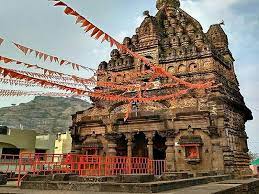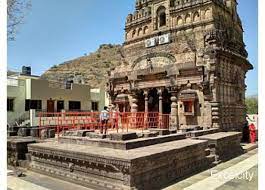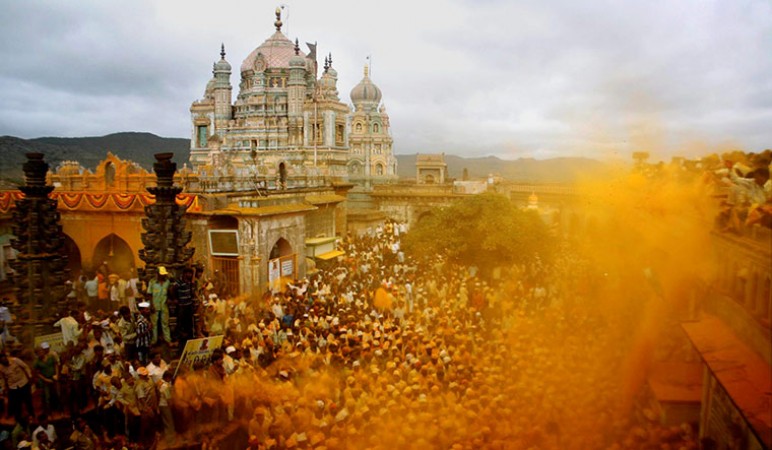Khandoba (IAST: Khaṇḍobā), Martanda Bhairava, Malhari, or Malhar is a Hindu deity worshiped as a manifestation of Shiva mainly in the Deccan plateau of India, especially in the state of Maharashtra. He is the most popular Kuladevata (family deity) in Maharashtra.[1] He is also the patron deity of select warrior, farming castes, Dhangar community and Brahmin (priestly) castes as well as several of the hunter/gatherer tribes (Bedar, Naik) that are native to the hills and forests of this region. The sect of Khandoba has linkages with Hindu and Jain traditions, and also assimilates all communities irrespective of caste, including Muslims. The character of Khandoba developed during the 9th and 10th centuries from a folk deity into a composite god possessing the attributes of Shiva, Bhairava, Surya and Kartikeya (Skanda). He is depicted either in the form of a linga, or as an image of a warrior riding on a bull or a horse. The foremost centre of Khandoba worship is the temple of Jejuri in Maharashtra. The legends of Khandoba, found in the text Malhari Mahatmya and also narrated in folk songs, revolve around his victory over demons Mani-malla and his marriages.
Lord Khandoba Temple is located at सतारा, Aurangabad, Maharashtra 431005, India, near this place are: दत्त मंदिर (914 m), आयशा मस्जीद (2 km), मस्जिद इ रहमानिया (3 km), साईं बाबा मंदिर (3 km), इवॅंजेलिकल चर्च ऑफ़ इंडिया (3 km).


